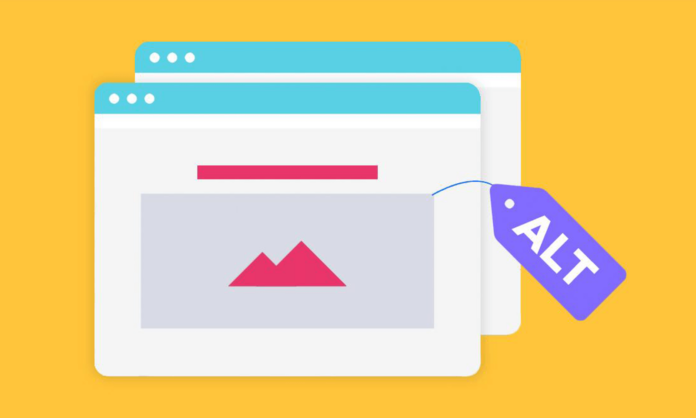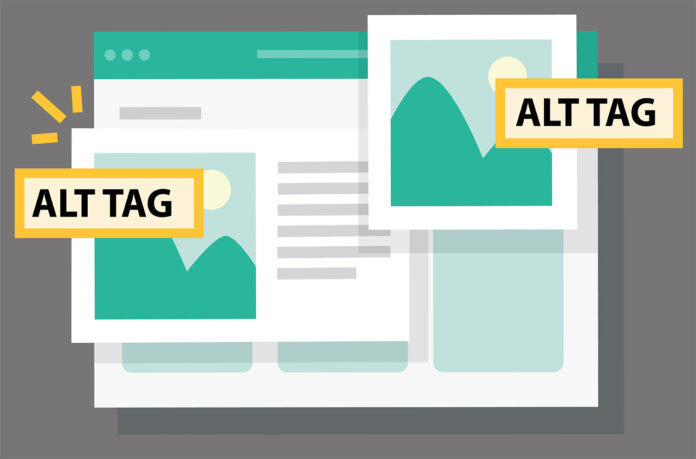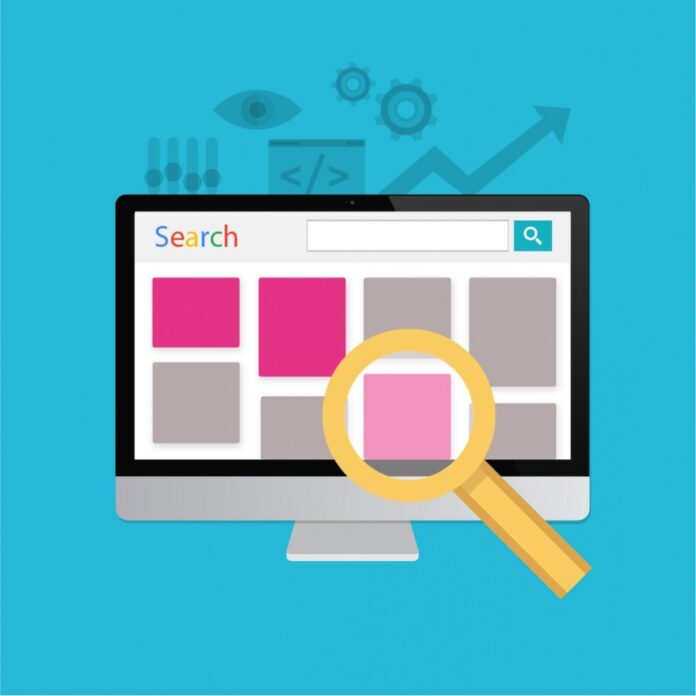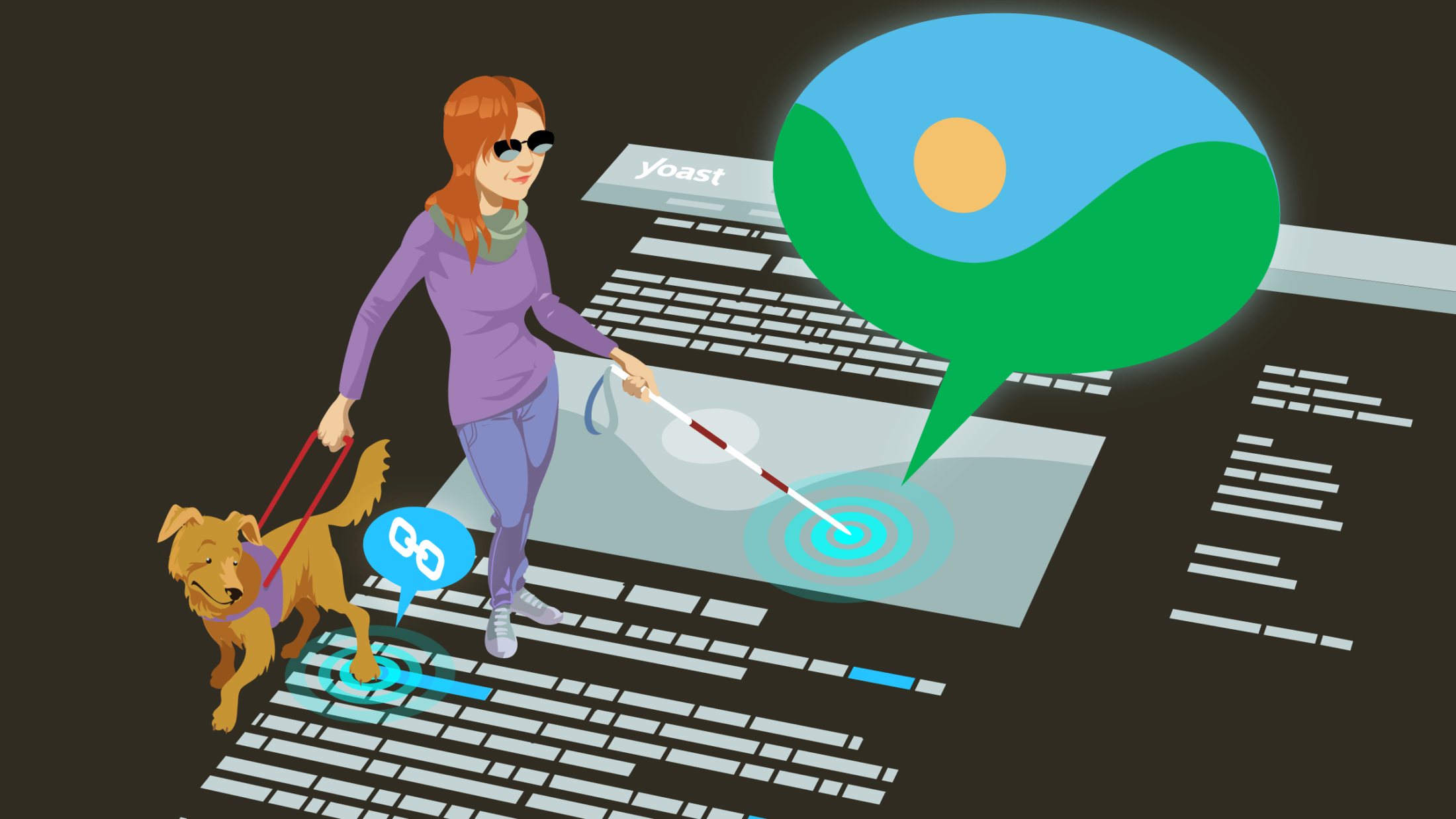You have been adding images to your blog posts, but have you been describing them? If not, you are missing one key ingredient to optimizing your copies further.
This article explains the reasons for using image alt tags and shows you different techniques to do it right.
Why Do You Need to Use Image Alt Tags?

Also known as “alt texts” or “alt descriptions,” image alt tags are text snippets accompanying an image. Because of this definition, many, including marketers, confuse them with captions. But they have significant differences:
- Captions are visible. You usually see them below in the photo. Meanwhile, you will never know if a website uses an alt tag unless you right-click an image and inspect its elements. You can also view it if you have a poor internet connection or low bandwidth.
- Image alt tags are shorter. Contrary to popular belief, Google or other search engines do not impose a strict character limit for alt texts. However, they have recommendations. With captions, you can make them as long as you like.
- Captions can only indirectly impact search engine optimization (SEO). Unlike alt attributes that can positively influence search engine ranks, captions do not. However, they can indirectly impact SEO by improving user experience (UX).
Now that we have clearly defined image captions and alt tags, let us get down to business. What are the main benefits of using alt texts, especially in SEO? We have two answers:
- Site crawlability
- Web accessibility
1. Image Optimization Enhances Website Crawlability

Marina Turea of Digital Authority Partners (DAP) explains the concept of crawlability well. But for the sake of discussion, here are the major points, especially how search engines build massive databases.
- Search engines such as Google function like libraries. They store and organize pages according to various categories and keywords. This way, they can provide you with the right website every time you make a query, a.k.a. type what you want to search for.
- And like libraries, these search engines do not make their books or collections. They rely on publishers, such as bloggers and marketers, for content.
- To update their catalogs, they send spiders with two important jobs: crawl the page and understand the content to ensure search engines can index the site properly.
Here is the interesting part—and why you must use image HTML tags:
- When bots visit your page, they check certain parts of the page. These include the headings, subheadings, and body. Do the keywords relate to one another? Do the paragraphs align with the message of the headlines?
- They also view your meta tags, such as your descriptions and title. Do they aptly summarize the content?
- Lastly, they check for images. Although they are not mandatory, search engines have also stressed they boost website design and UX. But the spiders cannot “see” the photos. Instead, they read their descriptions.
What happens if you do not have an alt text? Google, for example, will have to do it on your behalf. And it can introduce SEO problems:
- Search engines may not understand why you have a placeholder on your site, such as a box. They may think you have site structure and, therefore, bad UX, a ding on your ranking score.
- They may create image descriptions for you, which may not be a good match to your photo and even content. It can decrease your copy’s value, leading to a possibly lower SEO ranking.
- These engines cannot fully understand the context of your content. You may end up ranking for the wrong keywords.
2. Image Alt Tags Promote Website Accessibility

Do you know that Google offers courses and certifications for UX design? It demonstrates how much this massive search engine values the user experience. It could even be a major ranking signal.
And here are the best reasons why:
- More search engines are available. For example, Ecosia, the so-called green search engine, has grown its global usage to at least 20 million active users. Excellent UX means people are happy with their search experience. They are less likely to go to competitors.
- Search engines want to be more inclusive. One of the primary principles of UX is equity. It means those with poor Internet connection or impairment such as vision loss should have access to the same information enjoyed by many.
- Excellent site accessibility is good for business. Search engines earn revenues in different ways, particularly advertising. When more people visit business websites and are happy with the experience, it encourages owners and marketers to publish more ads and produce more content for the likes of Google.
Because search engines are about making customers happy, they want to reward those who help them achieve this goal with a higher rank.
But how do image alt tags improve website accessibility?
- They provide a text description of the image. Sight-impaired users can understand what it is about and its purpose in the copy.
- These tags make content more readable to people with slower Internet connections. It allows search engines to quickly process your page and add it to their databases.
How to Optimize Your Images for SEO

As they say, a picture is worth a thousand words. However, you need the right technique to ensure the image creates an impact.
The same principle applies to alt texts for images. Optimize UX correctly, and it can increase your web rank. Do it wrongly, and your alt tags can do more harm than good.
Here are the best practices for writing image alt tags:
- Be descriptive. An alt text should succinctly explain the image’s purpose and content. For example, write “an old man in a blue business suit and holding a briefcase” instead of “a businessman” or “call support” rather than “question mark.”
- Include related keywords. As mentioned, use these tags to help search engines understand your content better by incorporating keywords. For instance, “an old man visiting a dental clinic in New York,” where the relevant term is “dental clinic in New York.”
- Do not overdo it. Because screen readers handle alt texts differently from body text, keep the characters to less than 140. Avoid stuffing too many keywords, and get rid of “image of” or “description of.”
- Do not lie. Avoid saying “young girl having fun in New York” when she is clearly in San Francisco. Do not irrelevant keywords to deceive search engines.
- Create unique descriptions for every image. Ensure you do not repeatedly use the same alt tags even if they are similar. They should all be distinct so that search engines easily differentiate them.
Summing Up

Image alt tags are a critical element of SEO. Writing them correctly helps you boost web accessibility, improve visibility on search engines, and attract more visitors to your website.
However, the way you write them is just as significant as the presence of these photos. We have shared our top tips. If you need more guidance, consult with experienced digital marketing agencies.









